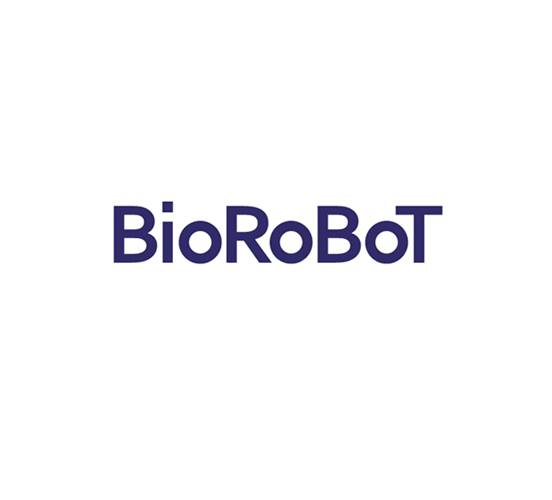The word ‘robot’ evokes images of human-like manmade metallic machine (humanoid) designed and programmed to automatically perform some tasks for us. However, robots (or bots) can be of any shape or size and can be made of any material (including biological materials such as living cells) depending on design and functional requirements. It may not have any physical form as in the case of Siri or Alexa. The robots are rationally designed artifacts or machines that display autonomy and perform specific tasks.
Biological robots (or biobots) use living cells or tissues as fabrication material. Like all robots, biobots also are programmable machines, display autonomy and perform specific tasks. These are a special class of active living and motile synthetic structures.
The living tissues per se, are not robots. They are parts of animals. The living cells become robots when they are liberated from the normal constraints and programmed into desired form and function by artificially combining and shaping the cells to display specific behaviour.
Xenobots were the first fully biological biobots created in the laboratory in 2020 using the egg cells from the embryos of a species of frog called Xenopus laevis (hence the name Xenobots). It was the first living, self-repairing, self-replicating artificial organism. The living cells were used as the building blocks that were liberated from the normal constraints of the rest of the embryo to give rise to a new form of artificial life whose morphology and features were artificially ‘designed’. Xenobot thus, was a living synthetic organism. Development of Xenobots demonstrated that cells derived from an amphibian embryo can be programmed to desired form and function by releasing natural constraints. However, it was not known whether biobots could be created from non-amphibian or adult cells.
Scientists have now reported successful construction of biobots using adult cells from non-embryonic human tissue with capabilities beyond Xenobots. This biobot has been named ‘Anthrobots’ because of its human origin.
Since Xenobots were derived from amphibian embryonic cells by moulding cells individually, the research team began with testing if ability to give rise to biobots is limited to these amphibian cells or, other non-amphibian, non-embryonic adult cells also can generate biobots? Further, if the seed cells need to be necessarily sculpted individually to generate biobots or if coaxing of initial seed cells also can lead to self-construction of biobots? For this, instead of embryonic tissues, the researchers used adult, somatic cells derived from human lung epithelium and were able to generate novel, multicellular, self- constructing, motile living structures without manual sculping or using any external form-giving machinery. The method used is scalable. Swarms of biobots in parallel were produced which moved via cilia- driven propulsion and lived for 45–60 days. Interestingly, it was also observed that Anthrobots moved across breaks in neuronal monolayers and induced efficient healing of defects in vitro.
The synthesis of Anthrobots is significant because it demonstrates that plasticity of cells to give rise to biobots is not limited to embryonic or amphibian cells. It has shown that adult somatic human wild cells without any genetic modification can form novel biobots without any external form-giving machinery.
Anthrobots is an improvement over the Xenobots and an advancement in relevant technology that has significant implications for production of complex tissues for clinical uses in regenerative medicine. In the future, it may become possible to produce Anthrobots personalised for each patient and deploy them in the body without inducing any immune response.
***
References:
- Blackiston D. et al 2023. Biological Robots: Perspectives on an Emerging Interdisciplinary Field. Soft Robotics. Aug 2023. 674-686. DOI: https://doi.org/10.1089/soro.2022.0142
- Gumuskaya, G. et al. 2023. Motile Living Biobots Self-Construct from Adult Human Somatic Progenitor Seed Cells. Advanced Science 2303575. published: 30 November 2023 DOI: https://doi.org/10.1002/advs.202303575
- Tufts University 2023. News – Scientists Build Tiny Biological Robots from Human Cells. https://now.tufts.edu/2023/11/30/scientists-build-tiny-biological-robots-human-cells
- Ebrahimkhani Mo.R. and Levin M., 2021. Synthetic living machines: A new window on life. iScience Perspective. Volume 24, Issue 5, 102505, May 21, 2021. DOI: https://doi.org/10.1016/j.isci.2021.102505
***






































